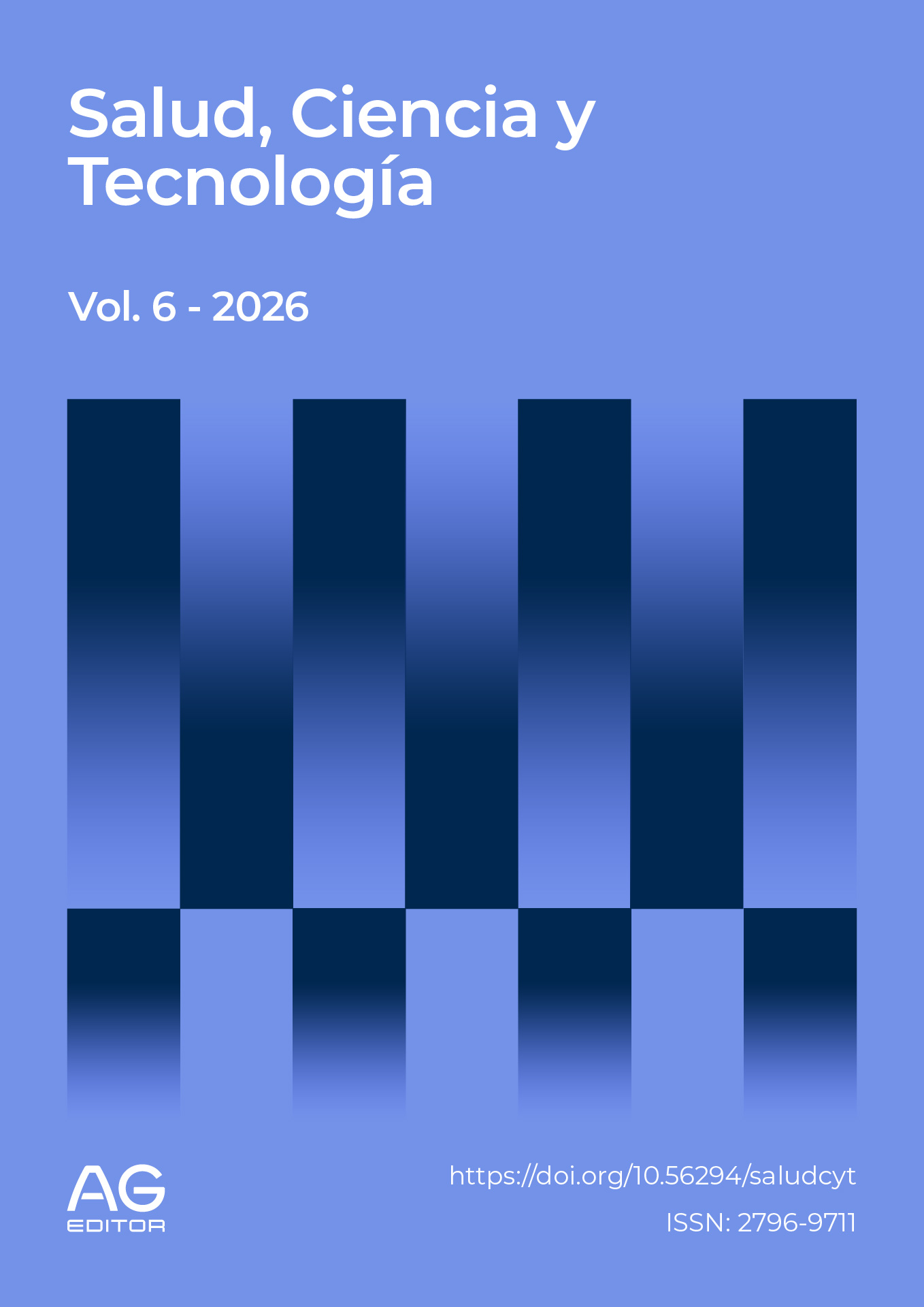Protocol for preventing delirium in critically ill patients in intensive care units
DOI:
https://doi.org/10.56294/saludcyt20262560Keywords:
Delirium, Critical Care, Clinical Protocols, Disease Prevention, Critical Care NursingAbstract
Delirium is an acute neurocognitive disorder commonly seen in intensive care units (ICUs), associated with increased mortality, prolonged hospital stays, functional impairment, and long-term cognitive sequelae. Its timely identification and the implementation of preventive interventions continue to be a challenge for healthcare teams, especially nurses, given their central role in monitoring critically ill patients.
Objective: to identify and analyze evidence-based protocols for the prevention of delirium in critically ill patients in intensive care units, with the aim of synthesizing the most effective strategies and strengthening evidence-based critical care.
Method: a systematic review of the literature was conducted following the PRISMA 2020 guidelines. Studies were searched for in PubMed, Scopus, Web of Science, Cochrane Library, and SciELO. Studies published between 2020 and 2025, in English and Spanish, that addressed prevalence, risk factors, diagnostic methods, or interventions for the prevention and management of delirium in adults in the ICU were included. The selection was made through independent evaluation by two reviewers and consensus resolution. The risk of bias was assessed using validated tools (RoB2, ROBINS-I, AMSTAR-2, QUADAS-2).
Results: Fifty-three studies were included, including clinical trials, cohorts, observational studies, systematic reviews, and instrument validations. The most common risk factors were advanced age, deep sedation, benzodiazepine use, prolonged mechanical ventilation, metabolic disturbances, and sleep deprivation. Non-pharmacological interventions—especially ABCDE/ABCDEF bundles, early mobilization, cognitive reorientation, sensory environment control, and family involvement—were most effective in preventing delirium. Pharmacological interventions (omega-3, minocycline, dexmedetomidine) showed promising but heterogeneous results. The CAM-ICU, ICDSC, and Nu-DESC tools were the most widely used for diagnosis.
Conclusions: Delirium is a preventable syndrome that requires a comprehensive strategy based primarily on non-pharmacological interventions, continuous assessment, and active participation by the nursing team. The available evidence reaffirms the effectiveness of care bundles, early mobilization, and a multicomponent approach. Despite advances, limitations persist regarding the use of specific drugs and the standardization of diagnostic protocols. It is recommended to strengthen evidence-based practices and promote multicenter research evaluating innovative interventions and their long-term effects.
Published
Issue
Section
License
Copyright (c) 2026 Joseph Fernando Zambrano-Requelme, María Fernanda Maya-Maldonado, Carol Yuleisbi Moncada-Yanza, María José Sagal-Rodríguez, Scarlet Charlotte Angel Lino , Jeannette Mercedes Acosta Nuñez (Author)

This work is licensed under a Creative Commons Attribution 4.0 International License.
The article is distributed under the Creative Commons Attribution 4.0 License. Unless otherwise stated, associated published material is distributed under the same licence.



